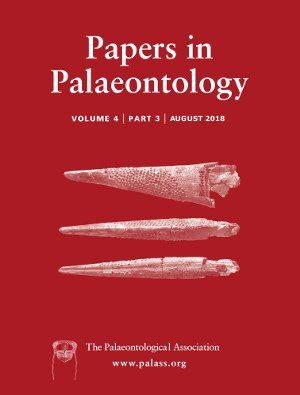Reg. Charity No. 1168330

A notable reorganization of the waterfowl communities apparently took place across Eurasia during the middle to early late Miocene, when primitive and extinct anatid taxa (e.g. Mionetta) were replaced by more derived forms, including extant genera. However, little is known about the diversity of Eurasian waterfowl and their palaeobiogeography during this critical interval. In particular, larger ducks of the middle Miocene are represented by poorly known taxa including ‘Anas’ sansaniensis from western and central Europe and Chenoanas deserti from Western Mongolia. We report new geographically widespread specimens referred to Chenoanas from Mongolia, eastern Siberia, and China that include a new species, Chenoanas asiatica sp. nov., and allow for recognition of the European ‘Anas’ sansaniensis as a member of Chenoanas. We describe the oldest remains of Chenoanas sansaniensis from eastern Siberia, which supports a westward dispersal or range expansion of this group of ducks during the Miocene, comparable to the previously established biogeographical affinities of many Eurasian mammals. These data also support a growing body of evidence that avian faunas of Siberia were similar to European ones during the Middle Miocene Climatic Optimum. Our data indicate a wide Eurasian distribution (more than 8000 km) and a greater diversity within the genus Chenoanas during the late early to middle Miocene. The phylogenetic analysis of Chenoanas suggests that it may be a primitive member of Anatini, and thus does not belong to the basal radiation of extinct relatives of stiff‐tailed ducks (Oxyura and its relatives). Species of Chenoanas were probably not specialized divers.